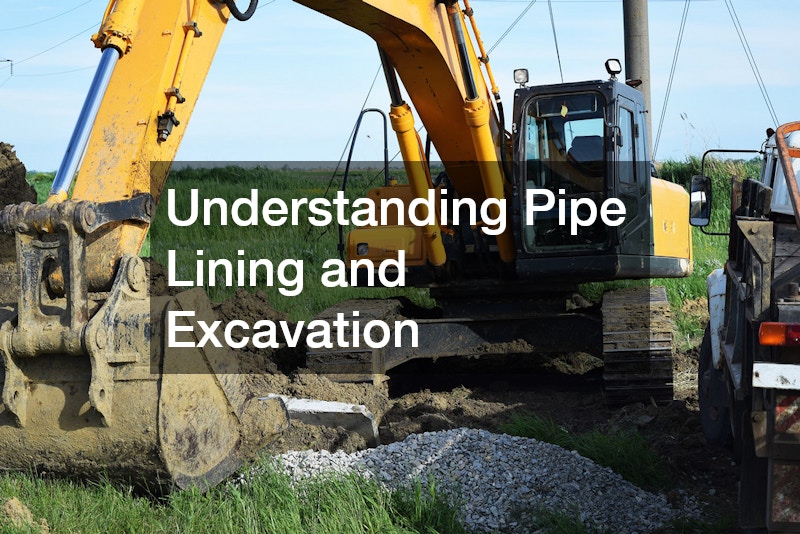
When building a home, the excavation planning comes before everything else. The excavation crew levels the buildable area of the lot, grading it before laying the concrete slab that forms the foundation of most American homes. Instead of thinking of excavation and construction as separate project tasks, consider the big picture of your construction project. Using top-of-the-line excavation services ensures a literal firm foundation for your future home.

While it’s possible to rent excavation equipment, we don’t recommend attempting this type of project alone. Property owners obtain the best results when home building by hiring professional construction and excavation firms. Laying a slab foundation costs, on average, $10,000 in the U.S. If you choose to install a concrete wall basement instead, the cost goes up to between $18,500 and $34,000 for a wall height of eight feet.
A home building project requires more than excavation for the foundation or basement. Excavators also handle digging the trenches for laying water pipes that serve the plumbing and sometimes, the furnace or boiler system. In rural homes with a septic tank, excavators handle digging the trenches for the sewer lines and for the septic tank. Of course, a homeowner might also need to hire an excavation team after they build their home.
Heating water for your house will generally take up about 30% of your annual energy budget. For this reason, many households are turning to new tankless water heaters to provide more efficient water service to the house. This can be an excellent solution, as new gas furnaces have an efficiency rating of a minimum of 78%, and some of the newest models of Energy Star furnace are able to achieve efficiencies as high as 97%. This kind of efficiency can make an enormous difference to your monthly energy bills. But whenever you put in any kind of new furnace, you can begin to wonder about the pipes, and about pipe lining and excavation costs. This is something worth considering, and here’s some of what you need to know in order to understand what pipe lining and excavation can entail, and what alternatives are available to you.
What is Pipe Lining and Excavation?
No one wants to bear the cost of completely replacing old pipes. This can be ruinously expensive, but it may be essential that you upgrade your pipes in some way in order to preserve energy efficiency in your house or make way for a new furnace. Pipe lining and excavation are the two ends of the cost spectrum, the former being the least expensive, and the latter the most. In some cases it’s also possible to take a middle road method known as “pipe bursting.”
Trenchless Pipe Lining
The most economical answer for new pipes is to do no digging at all and to use a trenchless pipeline to fix the problem. First, the existing pipes are cleaned with a pipe drain snake or a Hydro Jetter machine. This cleaning is to remove all the scale, buildup, rust, and any tree roots that may have gotten into the pipes. Then, a video inspection will be done of the pipes to find out where all the connections are and to measure for the material that will be used to line the pipes. The material that will line the pipes is a kind of polyester tube covered in an epoxy resin that can heat itself up to 180°F and thereby self-harden. In the final step of the pipe lining process, this lining is pulled through the pipe and temporarily inflated with a small balloon until it is fully cured. Once the curing process is finished, the balloon is pulled out and a new liner is permanently locked within the pipe. Most of these pipe liners come with guarantees and warranties that last for decades.
Excavation
Sometimes it’s impossible to line a pipe. If this is the case, it may be necessary to replace drainpipe either by excavating within the house or from outside the house, or both. This method will also require permits and pipe inspections, and if these are not passed, there may have to be new pipe repairs and new pipe inspections. If it’s necessary to do excavation, it’s crucial to have the right plumbing services to help you navigate all of the issues that are involved and do everything as quickly as possible. An excavation project does require digging up concrete, which can take quite a lot of time, and then replacing all of the concrete. It typically takes two weeks just for replacement concrete to fully set, so expect this sort of project to take quite a long time.
Pipe Bursting
Pipe bursting can sometimes provide a middle road between pipe lining and excavation. Pipe bursting is a technique that pulls a conical head through an old pipe using a winch. This conical head pulls along with it a high-density polyethylene pipe into the space where the old pipe used to be. The downside of this method is that it does destroy all pipe connections, which must be dug up and replaced. However, this typically takes a lot less time and effort than digging up the entire line and replacing all the pipes.
No one wants to have plumbing problems, but they do occur. The key is calling a good plumber and asking good questions to find out the best method for fixing your problem at the lowest cost.
